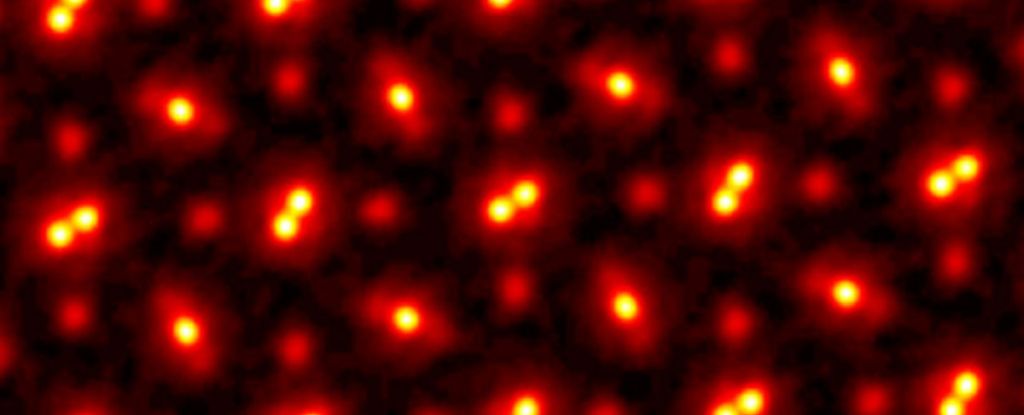
The image was made back in 2021 and those dots are the atoms in the crystal lattice of a piece of praseodymium orthoscandate (PrScO3), at a magnification of 100 million.

A team using NASA’s James Webb Space Telescope has identified the new record-holder: a tiny, free-floating brown dwarf with only three to four times the mass of Jupiter.

To accurately measure the Universe on the smallest scales, you need a laser with the perfect mix of power and precision.

Now we have the first X-ray taken of a single atom, courtesy of scientists from the US, according to a new paper published in the journal Nature.

There was a time, not so long ago, when computers occupied entire rooms. Today, some processing units can come as small as a few specks of dust.

Two laboratories recently used cryo-electron microscopy to directly image atoms in a protein molecule with a resolution of about 1.2 x 10-7 millimeters.
Using advanced microscopy methods, scientists captured a moment of breaking of a chemical bond, around half a million times smaller than the width of a human hair. We are now the first generation of humans to have seen atoms.

The new technique, dubbed DNA microscopy, uses only a pipette and some liquid reagents. The results are absolutely breathtaking. Cells shine like stars in a nebula, each pseudo-colored according to their genomic profiles.

A sophisticated electron detector has for the first time enabled scientists to reveal sub-angstrom detail in a 2D material.

A French nanorobotics team has assembled a new microrobotics system that pushes forward the frontiers of optical nanotechnologies.

In the next five years, tiny computers - smaller than a grain of salt - will be tackling issues of counterfeit and food safety among others, tech giant IBM has predicted.

New techniques in DNA self-assembly allow researchers to create the largest to-date customizable patterns with nanometer precision on a budget.

This year's Nobel Prize in Chemistry went to a group of individuals who pushed the electron microscope to its very limit, figuring out how to use it to determine the position of every single atom in large, complex molecules.

A quick look at some of this year’s best videos made with a microscope.

Astronomers at the University of Cambridge have discovered a star that’s barely bigger than Saturn, making it the smallest stellar object known to science.